Acer Chromebook Spin 713 Review
The Acer Chromebook Spin 713 offers high-end performance and a stunning display in an affordable 2-in-1 design
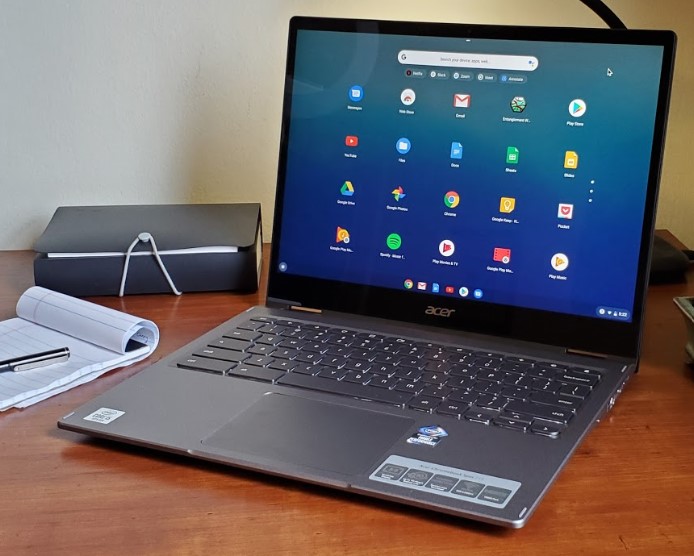
Acer Chromebook Spin 713
Price: $629 | CPU: 1.6-GHz Intel Core i5-10210U | GPU: Intel UHD | RAM: 8GB | Storage: 128GB SSD | Display: 13.5-inch, 2256 x 1504 | Battery: 11:54 hours | Size: 11.8 x 9.3 x 0.7 inches | Weight: 3.0 pounds
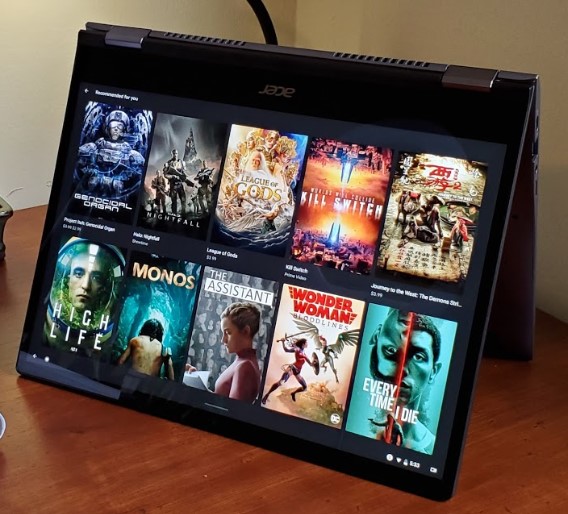
Synopsis
It’s official: Chromebooks have hit their stride in the education sector. Thanks to increased processing power, Google Play compatibility, and a variety of mindful partnerships, these lightweight machines have finally found the synergy we were all waiting for—and Acer’s $629 Chromebook Spin 713 (NX.HWNAA.001) is a fantastic example of proper execution.
For high school and college students who need inexpensive, portable workstations (both on and off campus), the Acer Chromebook 713 could be a downright godsend. If you’re looking for versatility in a Chromebook-flavored clamshell, look no further.
Verdict
The Acer Chromebook Spin 713 is a powerful 2-in-1 machine with a gorgeous 13.5-inch display and oodles of battery life; the innovative 3:2 touchscreen is perfectly ideal for students of all ages.
Acer Chromebook Spin 713: Features
- 3:2 display is ideal for word processing and web browsing
- 2-in-1 design is sturdy, practical, and easy to carry
- Impressive specs and zippy performance for the price
- Top-notch battery life
Acer Chromebook Spin 713: Build and Connectivity
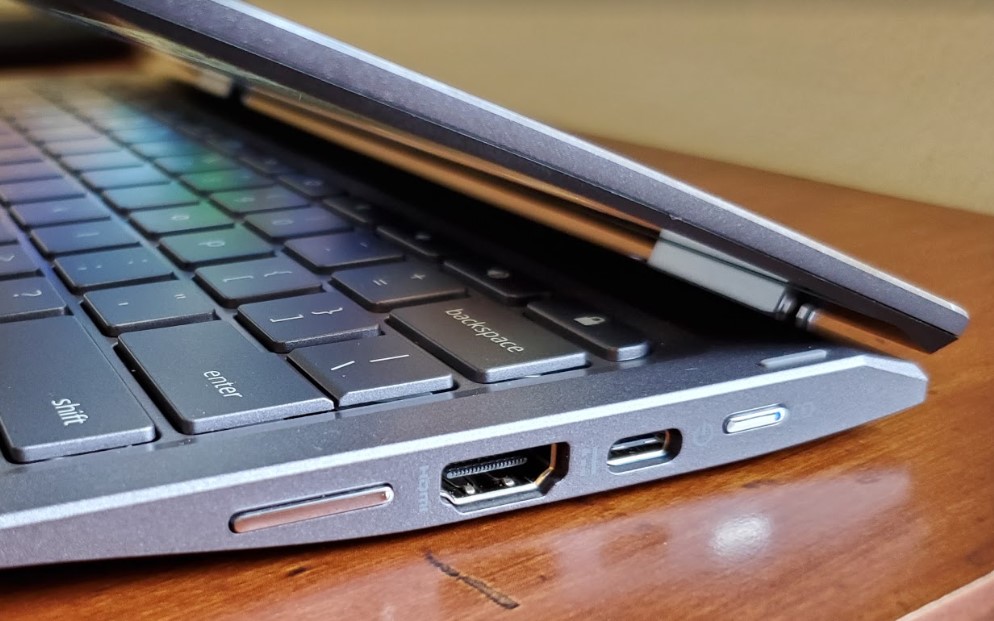
Described as “stylish yet tough,” the 100% aluminum chassis is meant to take some abuse. In fact, it’s Military Standard-certified (MIL-STD 810G) for impact-resistant drops, extreme temperatures, moisture resistance, and more. We weren’t gentle as we put the Spin 713 through its paces, and indeed, the construction feels rock-solid (no matter which mode you use).
That’s right—the Spin 713 is a 2-in-1 laptop, too. The flexible hinges let you convert it into a tablet, or use tent mode for movies and videos. The hinges rotate smoothly, and the mechanism feels sturdy; it was a pleasure using the tent mode to toggle between Google Chrome tabs, Drive docs, and YouTube videos.
The full-size, island-style keyboard is very similar to that of the Lenovo Flex 5 Chromebook (or a MacBook Pro, coincidentally), which isn’t a bad thing. Thin black bezels frame the gorgeous VertiView 13.5-inch screen, and a 720p webcam sits at the top. (No privacy shutter, though.)
Measuring 11.8 x 9.3 x 0.7 inches and weighing 3 pounds, this Chromebook is slightly clunkier than the Asus Chromebook Flip C436 (2.6 pounds) and Google Pixelbook Go (2.3 pounds). The Acer Chromebook Spin 713 is small enough to fit in your backpack, and light enough to schlep around all day. From an ergonomic perspective, it’s also very well balanced.
On the left side of the Acer Chromebook Spin 713, you’ll find a USB-C port, USB 3.0 port, headphone jack, and microSD slot. On the right side, there’s a second USB-C connection, power button, and dedicated volume rocker. What makes this machine extra capable, however, is Acer’s inclusion of an HDMI port—especially if you utilize a dual-monitor setup in your workspace.
Acer backs their Chromebook Spin 713 with a one-year limited warranty, which is standard fare.
Acer Chromebook Spin 713: Display
The Acer Chromebook Spin 713’s 13.5-inch, 2256 x 1504-pixel (QHD) display is absolutely stellar. Boasting a 178-degree viewing angle, colors are nothing short of vibrant. The 3:2 aspect ratio also allows for more vertical screen space, which is ideal for reading and writing. In fact, with 18% more height (and all those extra pixels) to work with, you’ll find yourself scrolling less as you navigate from one webpage to another. It’s durable, too: both the touchscreen display and touchpad are constructed from Corning Gorilla Glass, which provides greater toughness and scratch resistance than regular plastic.
In our testing, the touch display was seamlessly responsive, and a pleasure to navigate with. The antimicrobial touchpad was equally easy to use, and the combination of touchpad, touchscreen, keyboard, and Google autocomplete equaled an extremely robust web-navigation experience. We saw no lag whatsoever as the screen reorientated itself between modes, and multi-finger gestures were smooth as butter.
Acer Chromebook Spin 713: Keyboard, Touchpad, and Touchscreen
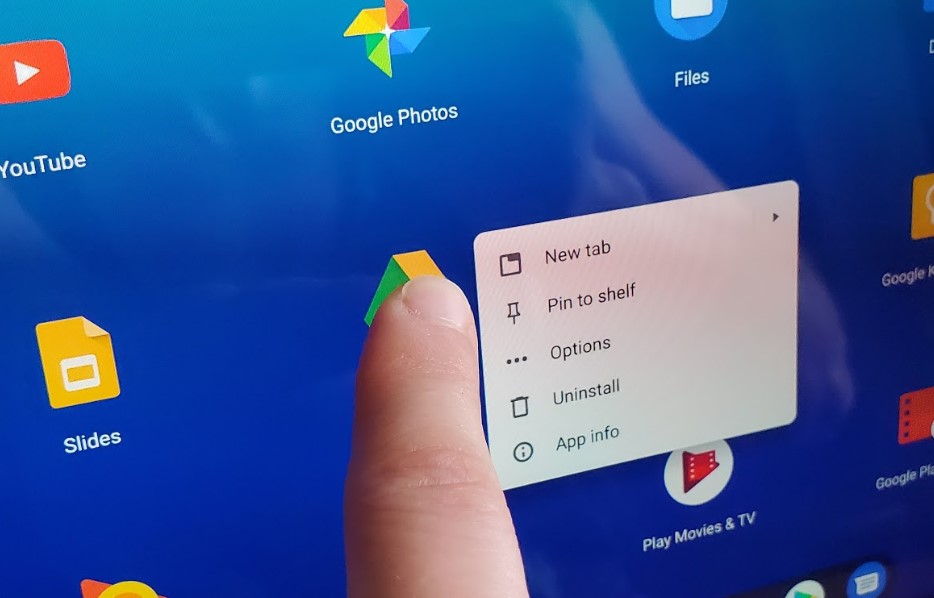
The backlit, island-style keyboard has a pleasant bounciness to it, and minimal flex. Acer’s 4.2 x 3.0-inch touchpad is smooth and responsive, too. Chrome OS gestures were a snap, and the touchscreen is just as buttery. When used in conjunction with one another, these navigational surfaces should put your productivity through the roof; in tablet mode, screen orientation was instant and seamless.
Acer Chromebook Spin 713: Audio and Webcam
While speech comes through clearly over these minuscule speakers, audio performance was lacking in the music category. While playing My Chemical Romance’s “Disenchanted,” via YouTube, the vocals were tinny at best, and the bassline was practically nonexistent. There’s no real distortion at full volume, though, and the overall clarity is just fine for daily use.
The Acer Chromebook Spin 713 also features a 720p webcam, and while images can come out somewhat grainy, the video quality is still plenty acceptable for this price point.
Chrome OS
For those already tethered to Google’s robust suite of productivity apps, the appeal of Chrome OS has grown with every passing year. Offline access keeps your most important files close at hand—even if there’s no Wi-Fi in sight—and Instant Tethering makes it easy to use your smartphone as a wireless hotspot.
Google’s built-in security features support multiple users, so sharing this device between friends, family members, or fellow students is no problem; Chromebooks are specifically designed with data protection in mind.
Note: On the back end, Google’s Chrome Education Upgrade (coming in 2021) promises extra resources for educators and IT administrators, adding an additional upgradeability factor to the mix.
Acer Chromebook Spin 713: Performance and Battery Life
Packed with an Intel Core i5-10210U CPU and 8GB of RAM, the Acer Chromebook Spin 713 is a speedy little machine, to say the least. It took 15 YouTube tabs (playing videos simultaneously), 5 Facebook tabs (playing CNN news clips simultaneously), and finally Google Play Music to get the Chromebook Spin 713 to say “uncle.” Even with all that media running at once, we could toggle between apps with barely a stutter.
Acer also utilizes Intel WiFi 6 (Gig+), which is up to three times faster than the old 802.11ac standard. In our testing, latency issues were nearly non-existent. This thing was built for cloud computing.
Traditionally, Acer laptops do quite well on the Laptop Mag battery test, and the Chromebook Spin 713 is no exception; it lasted 11 hours and 54 minutes, which is far better than average (10:23), and longer than the Asus Chromebook Flip C436 (9:25). The Google Pixelbook Go can go head-to-head with Acer’s offering, though, at 11:29. In everyday use, we rarely found ourselves reaching for the power cord.
Note: Our review unit is the least expensive configuration in this series; for $1,099, you can upgrade the processor (Intel Core i7-8550U) and RAM (16GB). Coders and power users might want to spend the extra money, but most will be happy with lesser specs.
Conclusion
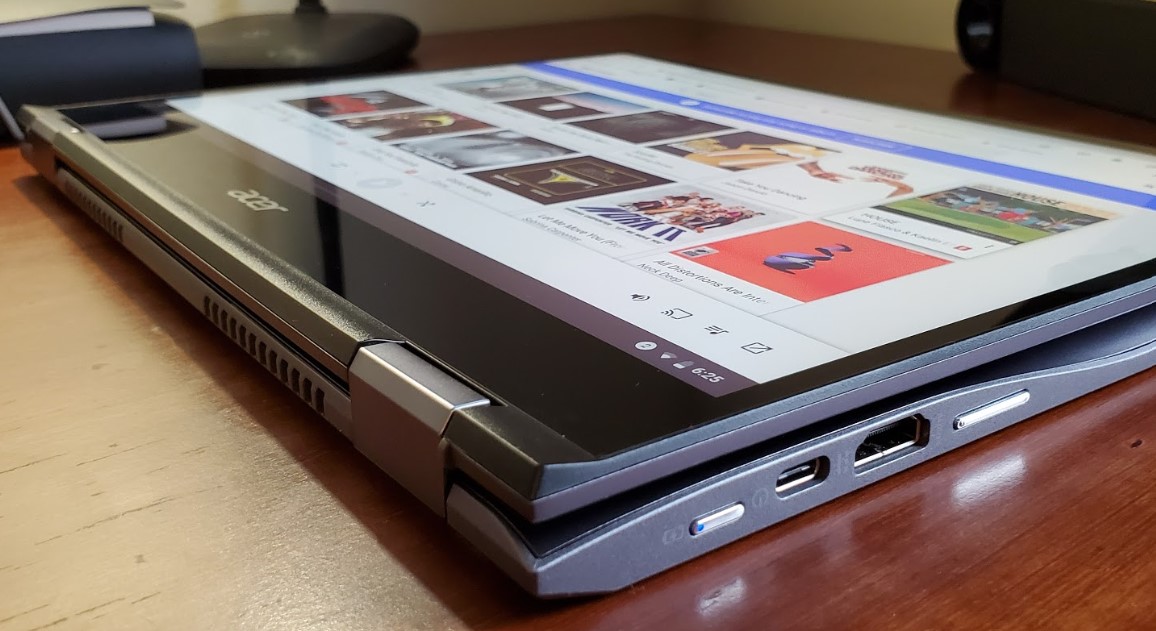
Whether you’re a business user, student, or general consumer, there’s something for everyone with the Acer Chromebook Flip 713. For $629, it offers a brilliant 2-in-1 form factor that’s durable enough for daily use, powerful enough to replace the functionality of many full-fledged laptops, and lightweight enough for all-day battery life. Avid writers will love the keyboard and extra screen real estate, while multimedia mavens will appreciate the streaming capabilities of Google OS.
Tools and ideas to transform education. Sign up below.
